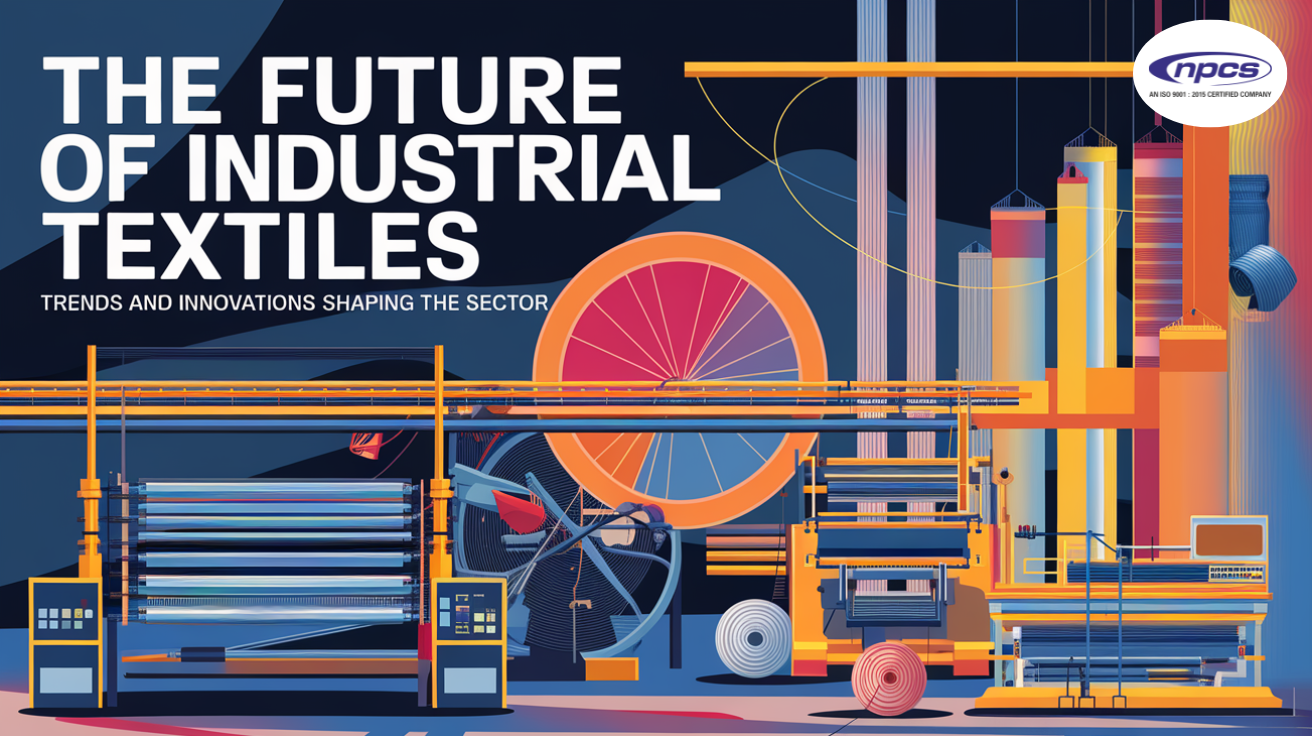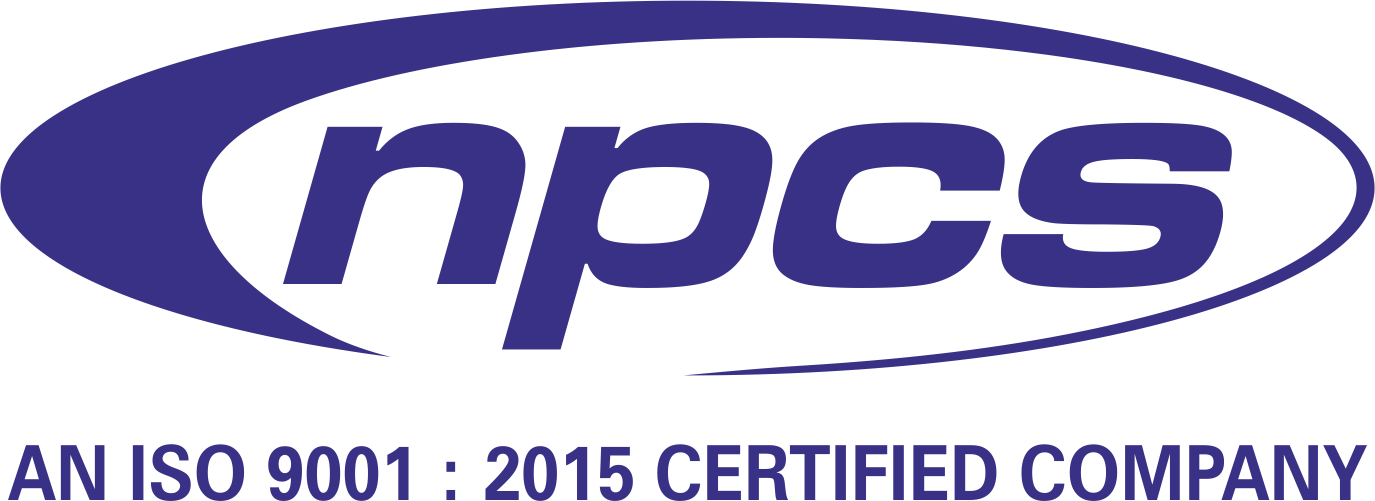Industrial textiles world is always downstairs. In industrial applications, these materials are used for everything from conveyor belts to protective clothing. With growing industries, there is a demand for high-performance fabrics. Industrial textiles are being pushed beyond their limits to achieve new innovations. In this blog, I will look at the most recent trends and industry innovations being developed in industrial textiles to enable the next generation of military wearables.
What Are Industrial Textiles?
In addition, A fabric made with industrial-type materials and used for industrial purposes. As is known, these materials are engineered for particular purposes with good absorption capacity and high tensile strength. Synthetic fibers that make industrial textiles so strong can be used to help them last a long time. Products in these textiles are flat belts, woven fabric, conveyor belts, and fabric used in protective gear, for example, like anti-bacterial clothing.
Industrial Textiles Key Functions
Industrial textiles have multifold uses. Such products that need to endure extreme conditions use them. These textiles are used in industries such as:
- Manufacturing
- Automotive
- Aerospace
- Construction
Industrial textiles are so in all these industries that industrial textiles have to perform in harsh environments, whether it is holding heavy loads on a conveyor belt or shielding while protecting against heat or chemicals in an industrial environment.
Our Books
- Modern Technology of Textile Dyes & Pigments (2nd Revised Edition)
- Handbook on Textile Auxiliaries, Dyes and Dye Intermediates Technology
- The Complete book on Natural Dyes & Pigments
- Modern Technology of Paints, Varnishes & Lacquers (3rd edition)
Emerging Trends in Industrial Textiles
There are big changes in the industrial textile industry. Technological changes and a need for more efficiently and sustainably made textiles fuel these changes. Here are the key trends to watch for in the coming years:
1. Industrial Textiles for Sustainability
Industrial textiles included, every industry is taking on the push for sustainability. Raw materials that are eco-friendly and decrease waste are what the manufacturers are focusing on. One such example is the emergence of recycled fibers and bio-based textiles as a growing alternative to traditional synthetic fibers. The main thing is these materials provide the same high tensile strength as conventional textiles but with a much smaller environmental footprint.
In addition, the concept of the textile finishing capsule is being developed. The technology lets manufacturers place a capsule on the fabrics, ‘featuring specific ‘properties like anti-bacterial or water-resistant when needed. These capsules make their use in the textile production process more environmentally friendly as the chemicals required are less.
Also Read
- Indian Textile Market and Business Scope for Entrepreneurs
- Top Opportunities in Technical Textile Sector
2. Enhanced Functionality Smart Textiles
The most exciting industrial textile innovation is smart textiles. These textiles are also able to adapt themselves to their environment. Also, examples include sensors attached to woven fabrics used in protective clothing, which can now determine temperature, moisture, or even harmful chemical changes in real time. It keeps workers safe in such risky places.
Furthermore, some smart industrial textiles even alter their properties. A simple example is that fabrics can become scratch resistant or heat resistant when they are exposed to a particular condition, as an example. The innovation lets textiles work better and stay cleaner for longer in tough situations.
3. Specialized Applications of High-Performing Textiles
The industrial textiles of the future may be increasingly specialized. Aerospace, automotive, and construction industries make use of such industrial products made from advanced textile materials. For example, in factories, flat belts and conveyor belts of woven fabrics are needed for moving goods. High tensile strength and friction between the under the belt and machinery are the requirements of these materials.
Industrial textiles are utilized in aerospace to make, for example, printed circuit boards, as well as parts that require both flex and strength. They are really important to the safety and efficiency of aircraft.
4. Customization Textile Printing
In fact, customization is becoming an increasingly important demand in all industries, and industrial textiles are no exception. It is used by textile printing manufacturers to print unique patterns and designs on fabrics. People are moving to digital printing because it makes use of fewer chemicals and less water than the old traditional way of printing.
5. Durability of Advanced Textile Coatings
Modern industry requires durable materials, and thus manufacturers are switching to advanced textile coatings. Industrial textiles can be treated so that abrasive conditions do not abrade away your fabric. In addition, The other application of coatings is to make textiles heat resistant, a use essential in manufacturing and construction industries, where high temperatures are quite common.
An example of this is how textile finishing capsule technology is used to improve the properties of the textile yet still maintain that textiles natural feel and strength. These innovations not only increase the life of industrial textiles but also enhance their performance in applications.
The Role of Industrial Textiles in Various Sectors:
Automotive Industry
There are many ways industrial textiles are applied in the automotive industry. Industrial textiles are indispensable, from belt-driving systems to conveyor belts that convey parts through the factory. Car interiors use woven fabric seat covers and airbags, as well as high-performance materials. Since these textiles must be durable, flexible, and able to stand up to extreme conditions, the new fabrics spun from carbon nanotubes are particularly fascinating.
Project Reports
- Manufacturing of Disposable Personal Protective Equipment (PPE) Kit
- HDPE PP Woven Sacks
- Spinning Mill Business | Most Profitable Textile Spinning Business
- Business Plan for Polyester Textured Yarn from Used Pet Bottle
Construction and Mining
Industrial textiles in products such as geotextiles and reinforced fabrics are used in construction and mining. Erasing control, soil stabilization, and even waterproofing are helped by these materials. These textiles can be subject to heavy loads and withstand wear and tear, thanks to their high tensile strength.
Medical and Healthcare
find many uses in the healthcare sector. Medical devices use cassettes and ink fabric, while hospital linens and surgical gowns use anti-bacterial textiles. The textiles reduce the risk of infection, making them an essential use in medical environments.
Conclusion
There are lots of exciting things ahead for industrial textiles. With industries rapidly changing and being more environmentally dangerous than ever, the call for high-functionality textiles that can take on strong conditions will only increase. Industrial textiles will indelibly mold the ways industries will work by advancing from sustainability to smart textiles to advanced coatings.
Keeping up with the most recent innovations and trends is as essential as white sewing machines for the businesses in the textile industry because it is a race they cannot afford to lose.
Here, NIIR Project Consultancy Services talks to us about how valuable their insights & market reports are to businesses in the textile space to help them successfully navigate the ever-changing textile landscape. If you stay up to date, you can use these trends to improve your processes and stay ahead.







